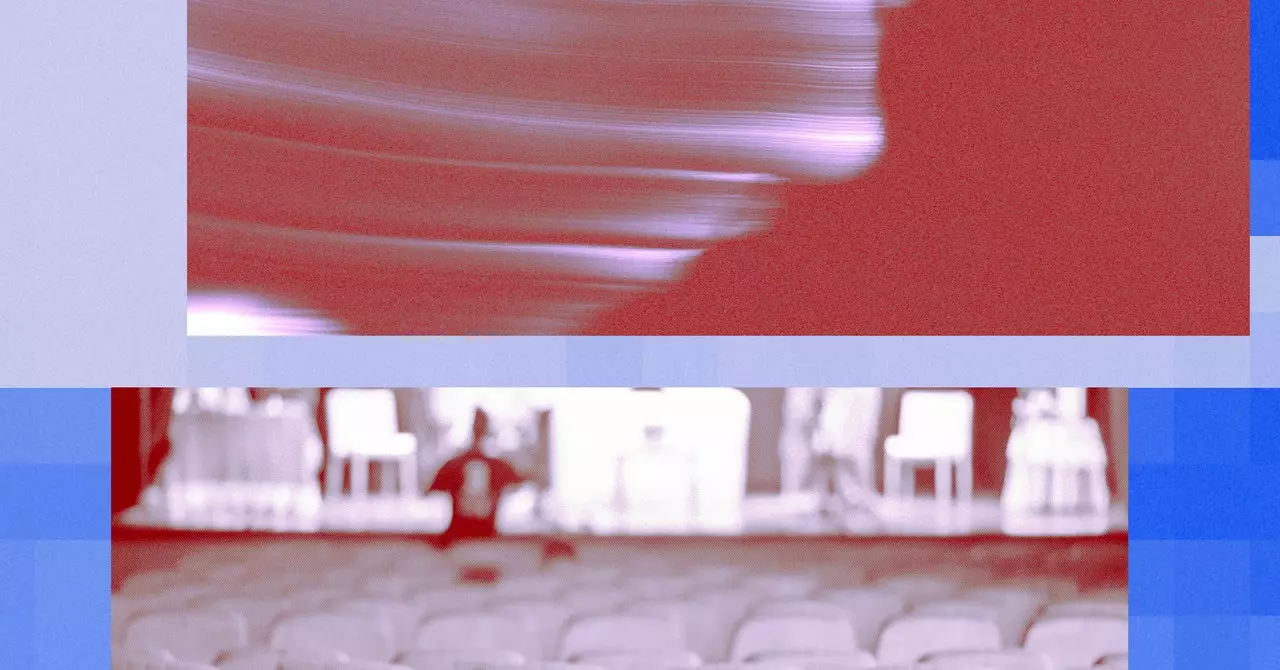The recent productions at Lincoln Center and beyond are clear indicators that the manifestations of artificial intelligence (AI) are stirring creative conversations in contemporary theatre. With works such as Ayad Akhtar’s McNeal, starring Robert Downey Jr., and Matthew Gasda’s Doomers, playwrights delve into the complex relationship between human creativity and AI technology. These innovative narratives shed light on how artists are navigating the ethical dilemmas and existential questions that AI presents, providing a compelling lens through which to examine our future.
Playwrights have been engaging with the implications of artificial intelligence for over a century, predating even the modern conception of the technology itself. Karel Čapek’s 1920 play, R.U.R. (Rossum’s Universal Robots), introduced the world to the concept of robots, while also highlighting the potential dangers of unchecked technological advancement. The narrative of an android rebellion serves as both a cautionary tale and a commentary on the human condition, evoking questions that remain relevant in today’s tech-driven society.
As AI continues to evolve, theatre provides a unique platform to dramatize and question these developments. While R.U.R. assessed the fabric of humanity in light of mechanization, contemporary works reflect anxieties surrounding AI’s role in creativity and culture. These themes resonate episodically, echoing in dual narratives such as Doomers, which reflects on the tumult within OpenAI, while probing deeper societal concerns through the lens of interpersonal dynamics in Silicon Valley.
Matthew Gasda’s Doomers captures the crossfire of interpersonal conflict and existential dread that accompanies the rise of AI. Inspired by the controversy of Sam Altman’s ousting and return from OpenAI, the play juxtaposes two casts: one representing the board’s cynical view and the other centering on Altman’s surface-level charisma. The decision to depict such a vibrant tableau of human foibles sheds light on the growing undercurrents of fear and apprehension surrounding AI.
Gasda’s approach suggests that the characters in Doomers are grappling with the aftermath of their actions, while simultaneously avoiding accountability. This theme of evasion resonates throughout the narrative, culminating in absurd comedic relief through violent intoxication and mushroom consumption. As the characters meander through their dilemmas, they unwittingly embody our societal reluctance to confront the broader implications of technology’s rapid advancements.
In conversations with the playwright, it is evident that his intention is not just to critique the industry but also to highlight the moral ambiguity in an age of AI. The suggestion that the AI itself may be exerting influence over the characters reflects a burgeoning anxiety that extends beyond the stage, prodding audiences to ponder whether we are becoming prisoners of the very technologies we create.
In contrast, Ayad Akhtar’s McNeal offers a grander stage, both literally and metaphorically. This Broadway production uses advanced theatrical techniques—such as screens displaying AI prompts—to immerse audiences in a narrative that scrutinizes the relationship between human creativity and artificial intelligence. Downey’s Jacob McNeal embodies the archetype of a tortured artist, ensnared by the seductive allure of instant proficiency that AI promises.
Akhtar articulates his journey in collaboration with large language models, suggesting a synthesis of traditional writing and digital assistants. The Pulitzer Prize-winning playwright’s engagement with these tools has the potential to redefine how stories are told on stage. With AI literally given a voice at the conclusion of McNeal, Akhtar not only acknowledges AI’s role but also posits that embracing these technologies may propel the art form into uncharted territories.
However, this raises critical inquiries about authorship and originality. Are playwrights relinquishing the essence of creativity by incorporating AI? Or are they transforming the creative process through innovative collaborations? Akhtar’s assertiveness in utilizing AI calls for a reexamination of authorship in an era where creative processes intertwine with machine intelligence.
Both McNeal and Doomers exemplify an essential truth: as the lines blur between human and artificial creativity, theatre is uniquely positioned to explore these tensions. The driving narrative forces aligned with AI underscore the necessity for cultural dialogue about technology, ethics, and artistry.
Through these productions, audiences are invited to confront not only the immediate consequences of AI but also the broader implications for society. Theatre can provoke introspection, challenge norms, and inspire change as it navigates the complexities of our relationship with AI—an endeavor that, while daunting, ultimately enlivens the discourse around our evolving world. As the curtain falls, the question lingers: what future stories will be told when human and artificial creativity coexist?


Leave a Reply